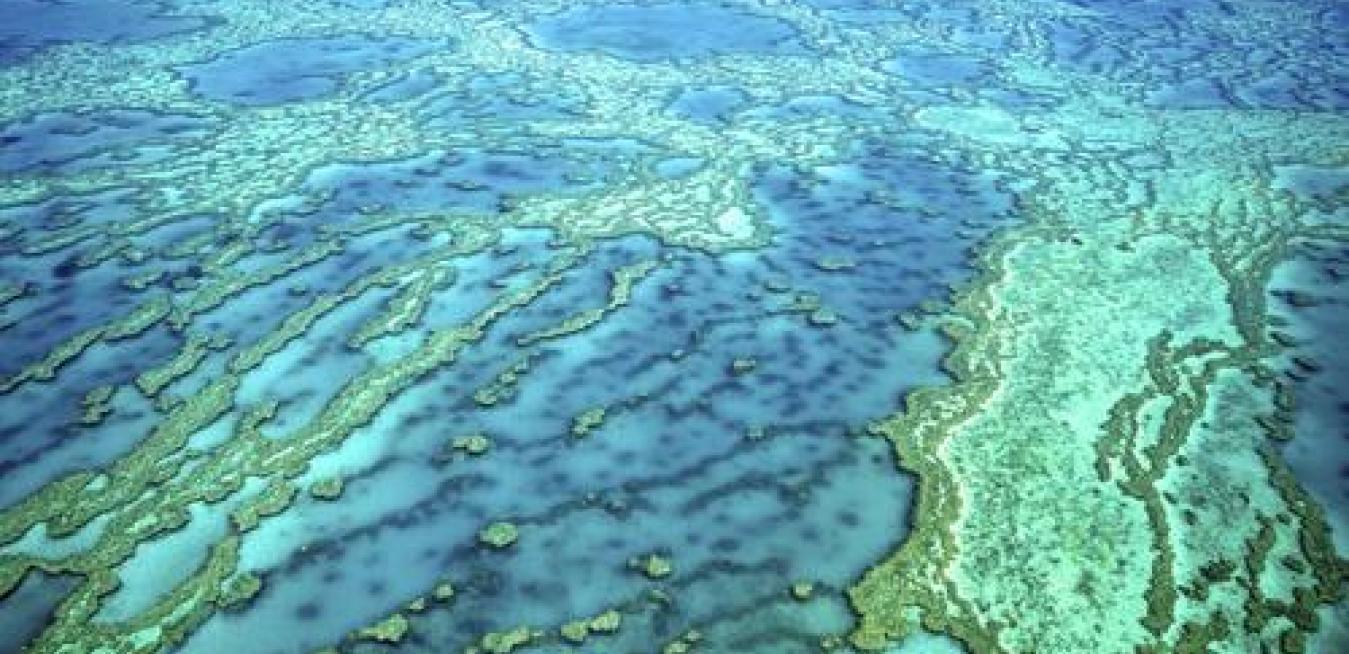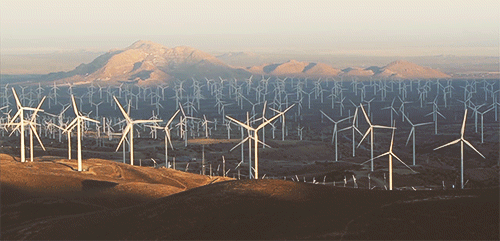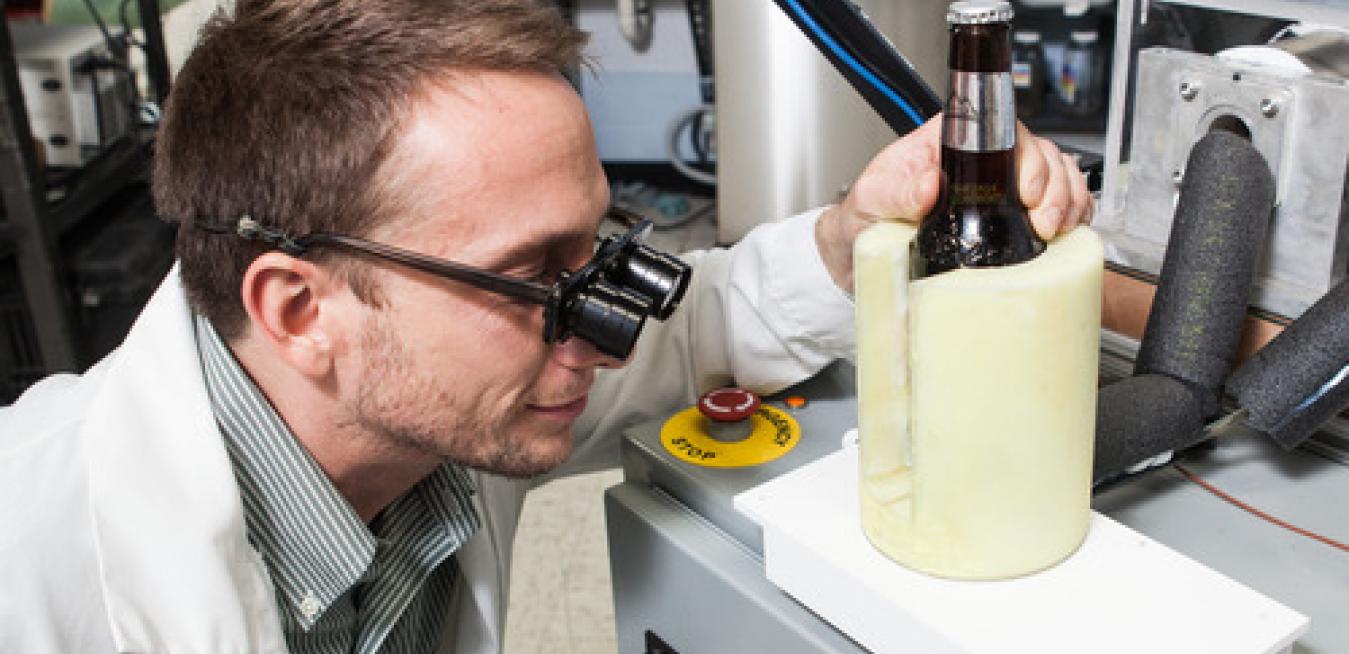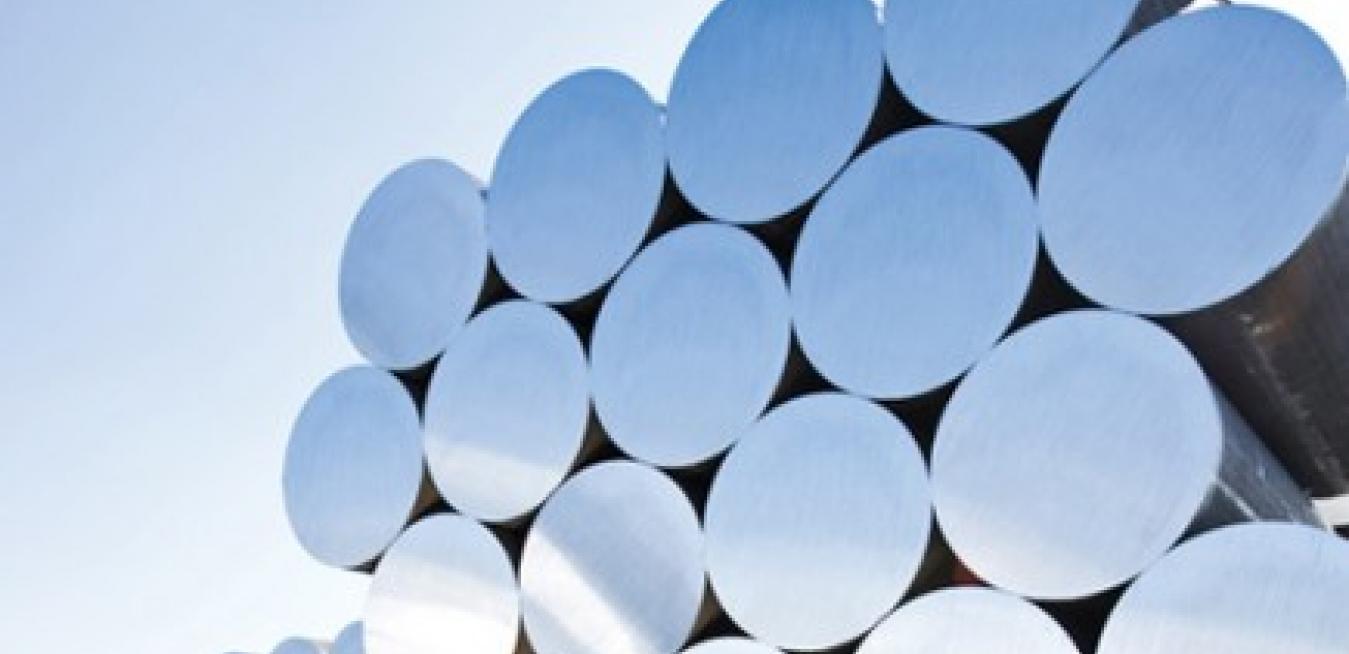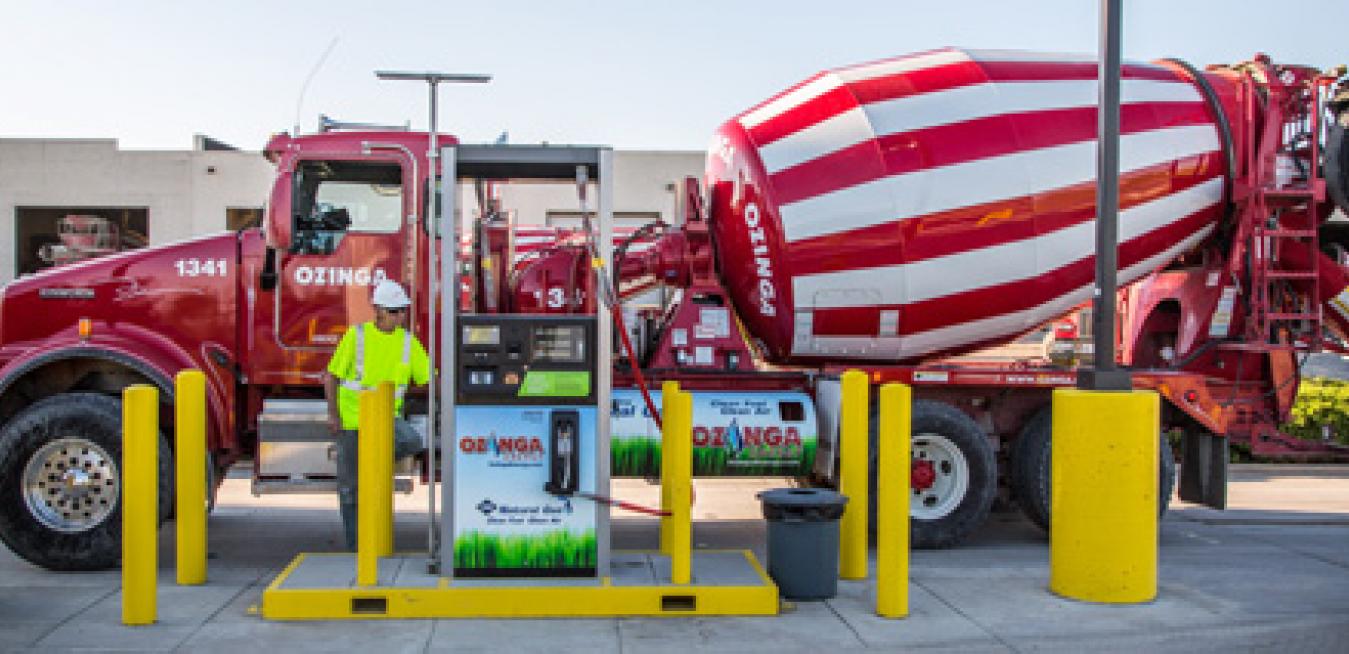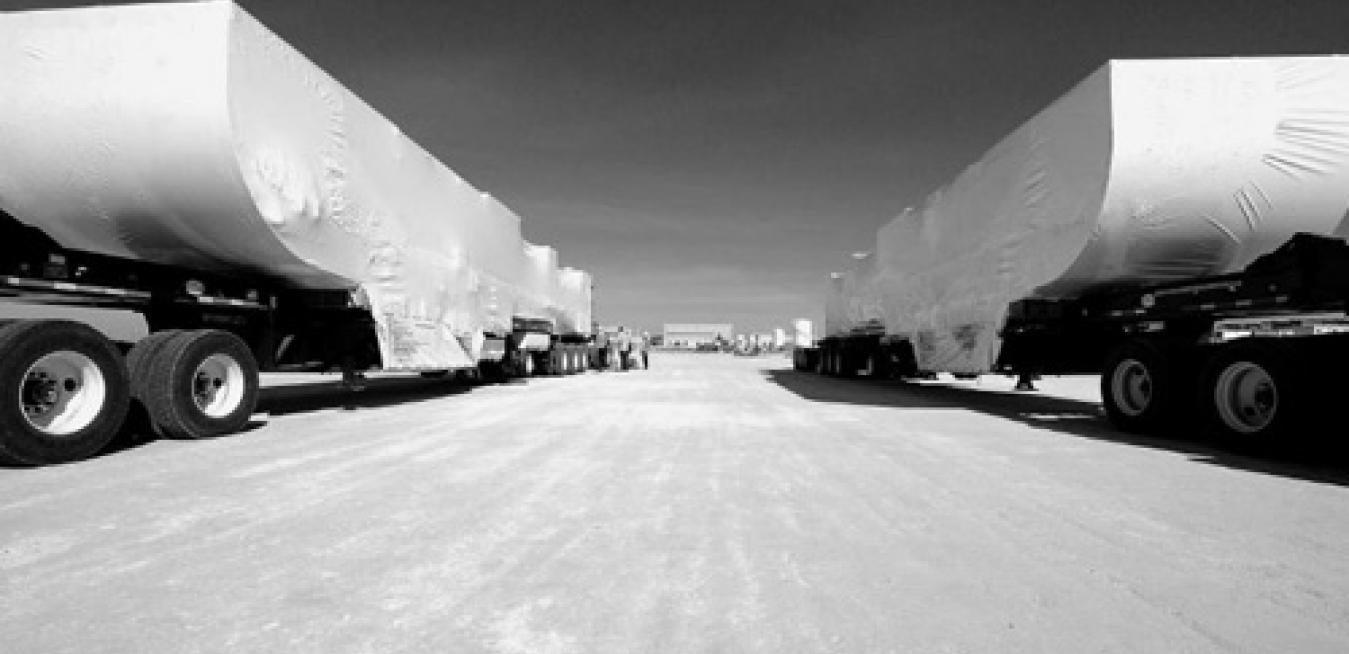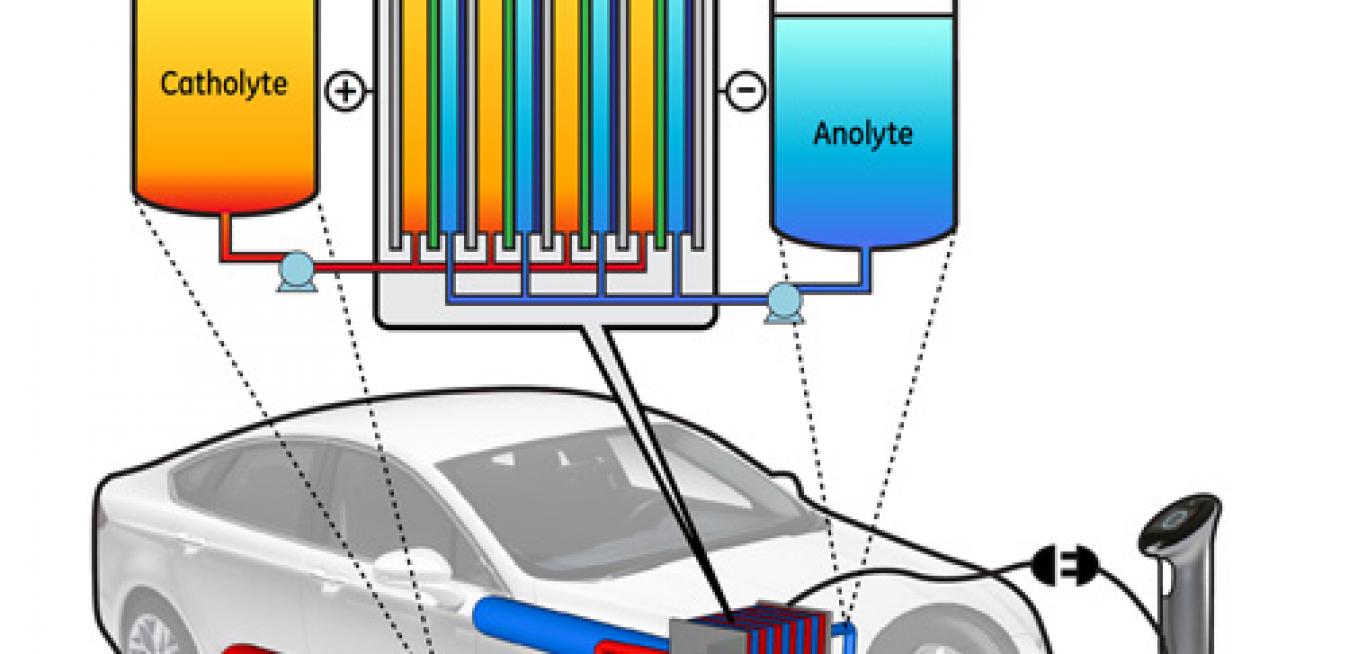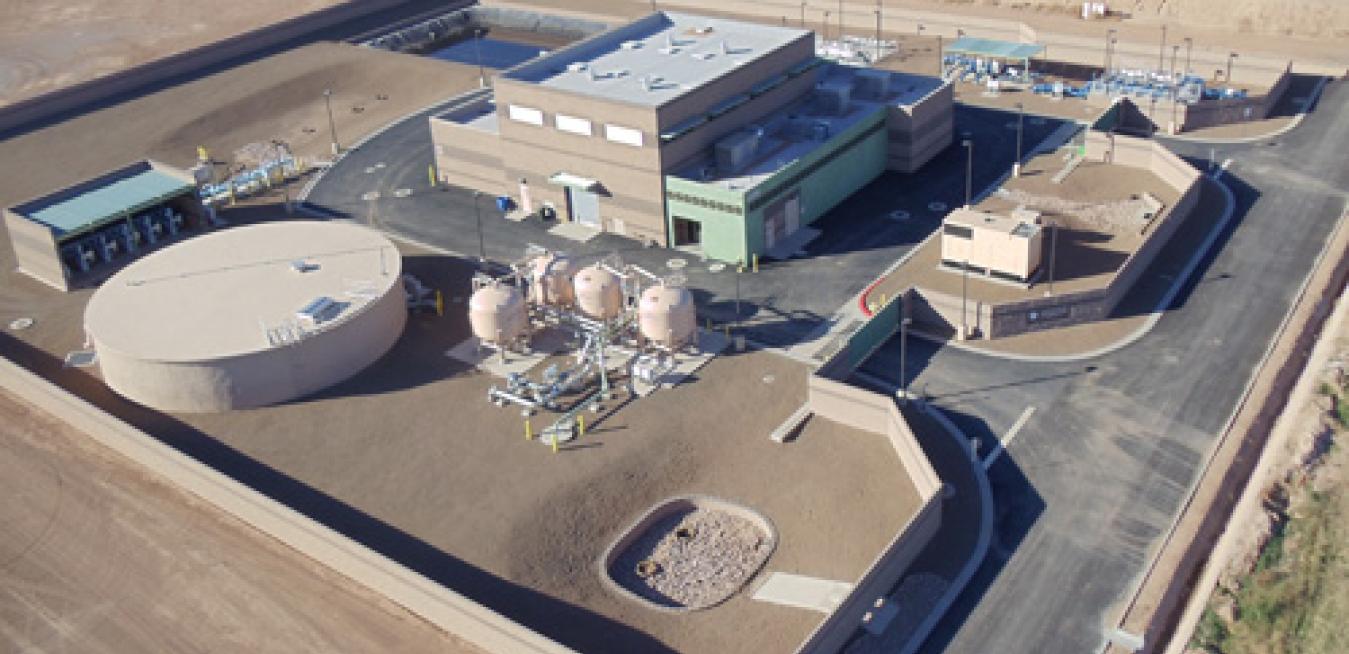It took billions of tiny polyps half a million years to build the world’s largest structure made by living creatures, Australia’s Great Barrier Reef. But much bigger organisms, humans, have spent the last half century bleaching and killing their work. “Water quality, and behind that climate change, are among the main factors which are having an impact on the health and resilience of the reef,” says Dr. Eva Abal, chief scientific officer the Great Barrier Reef Foundation.
Researchers working in GE labs have used a special magnetic material to achieve temperatures cold enough to freeze water. The breakthrough system, which is projected to be 20 percent more efficient than current refrigeration technology, could be inside your fridge by the end of the decade.
The system is using a water-based fluid flowing through a series of magnets to transfer heat, rather than a chemical refrigerant and a compressor. This significantly lowers any harm to the environment and makes the recycling of old refrigerators simpler.
American inventor Charles Martin Hall was just 51 years old when he died in 1914, but he started a revolution that now undergirds industries ranging from soft drinks to space flight. Working alone in a woodshed behind his family home, Hall found an inexpensive way to produce pure aluminum by using electricity to break down aluminum oxide.
When Woody Allen declares his love for New York City on a bench under the Queensboro Bridge in the movie Manhattan, another New York mainstay makes a quiet cameo. Looming in the morning dusk just across the East River is the Ravenswood Generating Station, New York’s largest power plant with enough capacity to energize a fifth of the Big Apple.
The Ak-Chin Indian Community in Arizona’s Santa Cruz Valley has a history that stretches back centuries. But these days, the Community is both thriving and strikingly young, with many members under the age of 21. Add to that the presence of a successful casino and an active farming community that tills more than 70 percent of the land within the 22,000-acre tribal boundaries and it’s clear that the water needs of this desert community will only grow.
